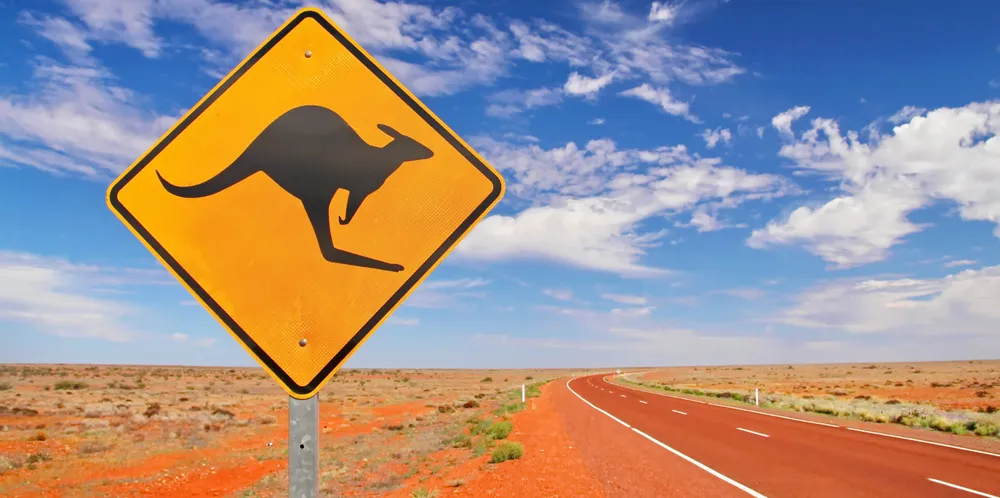Another Aussie green hydrogen hub in the works as Total Eren eyes 1GW Darwin project
Northern Territory government touts potential for export of H2 and derivatives to Asia, powered by 2GW of solar

A Memorandum of Understanding (MoU), signed between Total Eren and the NT state government on Monday, will see the two work together to progress the project, dubbed the Darwin H2 Hub.
However an MoU is by no means a commitment to develop the project, so progress could be many years off.
“Our plan is to accelerate the development of the project to supply green hydrogen and also the opportunity to provide renewable energy which supports the decarbonisation plans for energy-intensive industries in the Territory,” said Total Eren Australia’s managing director, Kam Ho.
The Darwin H2 hub project could grab a slice of the NT government’s fund for accelerated hydrogen industry development – although at A$5.01m ($3.52m) over four years the pot is unlikely to make a significant difference to a project this size.
Eye on exports
Nevertheless the NT government is keen to flog locally-made green hydrogen abroad, targeting an “export-scale renewable hydrogen industry” by 2035.
And it has already identified several countries with potential offtakers, including Singapore, Japan, South Korea, China, Taiwan and Germany.
“With our abundant solar resources and our strategic location to support exports into the Indo-Pacific, the production of green hydrogen is a key opportunity for the Territory to address the growing demand for this green energy globally,” said NT’s chief minister Natasha Fyles on Monday.
Overall, the state wants to capture 15% of Australia’s green hydrogen export market – equal to its share of the LNG export market. The state plays host to two LNG export projects and is also developing a carbon capture and storage (CCS) hub in Darwin.
But the NT projects will have to compete with several other Australian gigawatt-scale green hydrogen projects who also have an eye on exports to Asia, including Western Australia’s 28GW Western Green Energy Hub, 14GW Asian Renewable Energy Hub, 8GW HyEnergy Zero Carbon Hydrogen and 5GW Murchison Renewable Hydrogen Project; and Queensland’s 3.6GW Pacific Solar Hydrogen and 3GW H2-Hub Gladstone projects.
All the NT projects envisage power from solar PV – and the state’s Renewable Hydrogen Masterplan, published in October, acknowledges that its hydrogen plans could benefit from the development of NT’s wind power resources alongside solar to optimise the economics of electrolyser operation.
The concurrent use of wind and solar power can increase the utilisation rate of an electrolyser, as wind power often picks up at night when solar PV stops generating, improving the lifetime economics of green hydrogen production.
At present NT has no commercial wind farms in operation, despite wind speeds of up to 8.5 metres per second in some areas of the state.